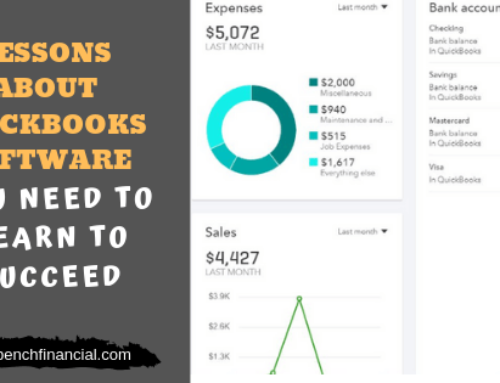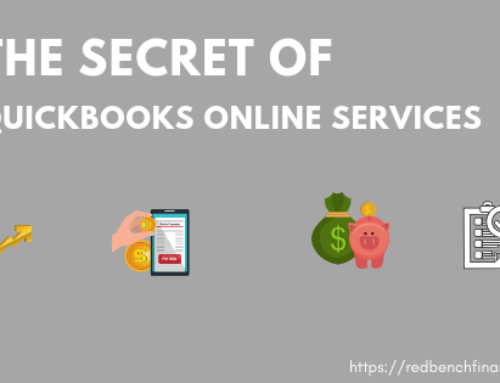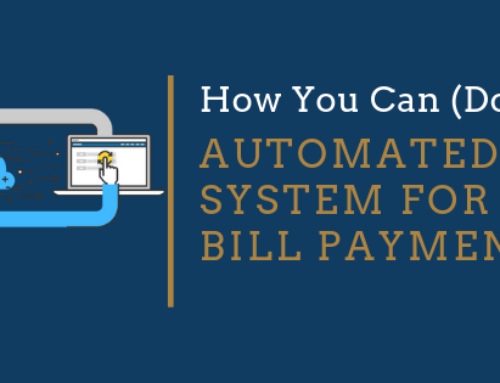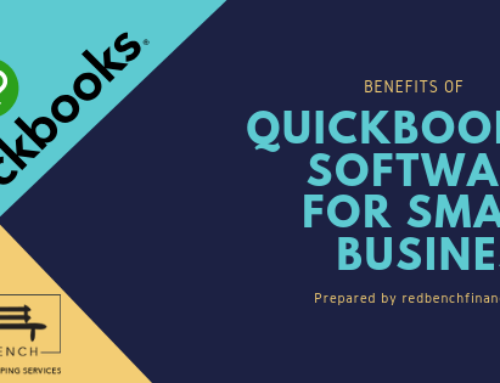Year end is approaching. It’s a good idea to make an early start on tidying and preparing your accounting information.
Understand your obligations
You need to start preparing your business accounts towards the end of the financial year so that they’re ready for tax filing and form submission. For many businesses, that’s the end of the calendar year too. And December can be a busy time, so it pays to start early.
This checklist will help you plan your year-end tasks. That way you can be ready ahead of time, without any last minute stress.

- Decide on employee bonus payments and withhold the required tax
If you decide to reward your employees with bonuses, don’t forget about tax. Bonuses are subject to income tax withholding, FICA and FUTA taxes – just like regular pay. See the SBA website for details.
- Pay your vendors and contractors in full by year end
For vendors this is straightforward. For contractors, you may have to submit a W-9 form – check with your accountant. You will also need to give each contractor a 1099-MISC form by 31 January.
- Prepare your records for local, state and federal payroll
With well-designed payroll software, this should be easy to achieve. Ask your bookkeeper or accountant if you have any issues. Make sure you comply with all payroll regulations – including any recent changes.
- Scrutinize your balance sheet and P&L report for what you did well – and what you didn’t
Your assets, liabilities and equities will give you an idea of how well your business performed this year. Use your accounting software to generate visual balance sheet and Profit & Loss reports. Then identify where your business did well, and where there’s room for improvement next year.
- Check out your income statement to see your profitability
Your income statement will list each revenue-generating item, along with your tax-deductible expenses. It’s a useful way to see your profit and loss for the year.
- Use your cash reports to understand how much cash you have on hand
Businesses live or die by their cash flow – it’s one of the biggest issues for small organizations. So use your accounting software to generate your cash flow statement. It’s a vital document.
- Add up your quarterly estimated tax payments for the year
Most small business owners pay quarterly estimated tax payments throughout the year. Keep track of what you’ve paid, as it will help you estimate what you’ll have to pay after year end.
- Review all information about current and past employees in your payroll system
Make sure your payroll is fully up-to-date and contains only current employees. It’s vital that past employees don’t have access to company systems, so check that too. Ensure that everyone’s personal information is correct.
- Review insurance policies, cover and rates
Talk to your insurance company to see if they have any recommendations. Talk to other insurers too, in case you could get a better deal. Be sure you have all statutory and recommended insurance cover.
- Confirm your tax deadlines – these vary depending on the structure of your business
Take a look at lists of tax dates online and subscribe to the IRS SMB calendar.
- Arrange a meeting with your bookkeeper, accountant and/or financial advisor
Each of these will have work to do for your business at year end. Talk to them, and make lists of tasks that they need to carry out. This will help them focus on your business at this busy time of year.
- Use accounting software to accurately estimate how much tax you will have to pay
Too many business owners fail to accurately estimate their tax payments. Be sure to cover state and federal taxes. Keep this money safe and separate. By starting now you should have time to put the right amount of money aside.
- Think about whether you’ll need to request a tax payment extension
The IRS will help you here. Talk to them and check out their website for information about how to apply. Do this as early as you can, because there are penalties for late payment.
- Review your client list, and make sure all contact information is up-to-date
You can kill two birds with one stone here. Go through your contacts database and make sure everybody’s details are correct. While you’re doing this, send them an email thanking them for their business this year. They’ll remember you.
- Review your goals for the year – and make some new ones for next year
Did you achieve everything you intended to last year? If so, great. If not, try to find out why. Making goals for the coming year can help keep you motivated as your business grows. Review them regularly to stay on track.
These steps will help you get prepared for the year end. Once you’ve worked through them all, don’t forget to take a break. Employees need holidays but so do employers. A year-end vacation – even a short one – will help you stay fresh and ready for the coming year.
Get this checklist as PDF Supplied by Xero
CONTACT US
Interested in trying Xero Cloud Accounting or Quickbooks? Have questions on a Quickbooks to Xero Conversion? Want to learn more about our Services?
Here at The Red Bench we work to make your bookkeeping tasks, whether personal or small business in nature, simple and convenient. Working remotely helps us keep your bookkeeping costs affordable. We are happy to be your full time virtual bookkeeper. We keep costs low and provide peace of mind. Contact us today to learn more about our bookkeeping services.
Mailing Address: PO Box 678
Wenatchee WA 98807
Sales & Inquiries: 1.509.423.7172
Support: 1.509.423.7179
Email: info@redbenchfinancial.com








